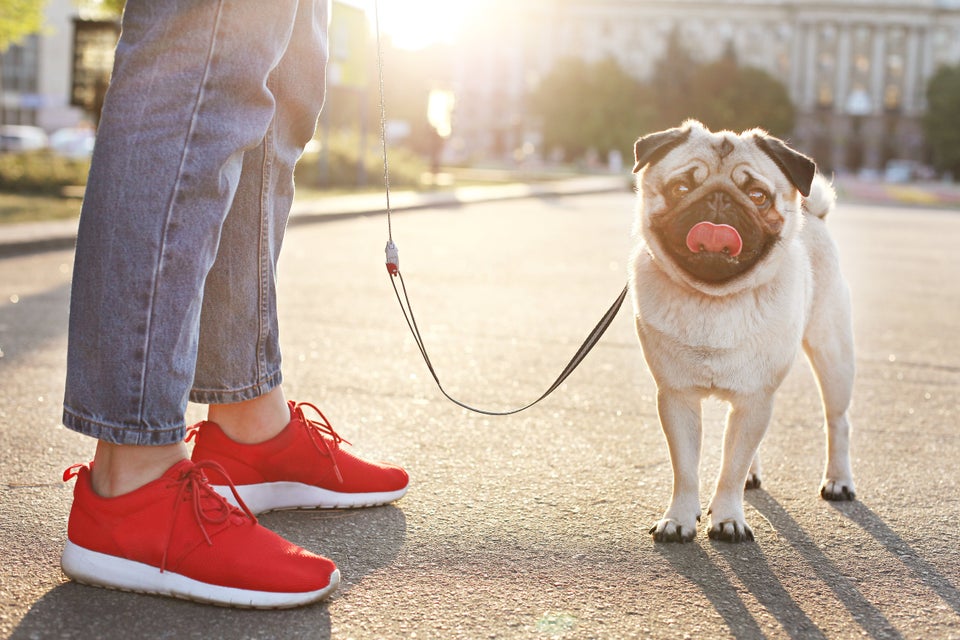Welcome to HuffPost Canada’s (almost) daily guide to helping you pick up an easy, everyday ritual that can make your life a bit better, in a small but significant way.
Canadians are stressed out, anxious, and are feeling disconnected from each other. Every Monday through Friday, we’ll share a tiny tip to help you feel good. We’ve got your back.
Today’s Habit: Pelvic floor exercises.
For whenever you’re feeling: Like you pee (or poo) when you laugh/sneeze/cough/exercise/have sex; when you’re experiencing pelvic floor dysfunction.
What it is: Before we get into the stretches, let’s talk about your pelvic floor, which is comprised of muscles that control the uterus, bladder, rectum, prostate, and bowel.
The causes of a weak pelvic floor include pregnancy, childbirth, prostate cancer treatment, and obesity and the straining of chronic constipation.
If you have weak pelvic floor muscles, you may have difficulty controlling your bladder and/or bowel, which can lead to urinary and fecal incontinence. It can also lead to painful sexual intercourse and difficulty reaching orgasm.
If left untreated, it can lead to infection, long-term colon damage, and general discomfort. This is why it’s always beneficial to do pelvic floor stretches and exercises to improve muscle strength.
So, what kind of pelvic floor exercises and stretches are there? Before we go into some of them, we recommend that you speak to your doctor and/or a pelvic floor therapist first to prevent injury and to give you advice on the best exercise for your specific issue.
More daily tips! Story continues below slideshow.
How it can help: There are many stretches to help strengthen and loosen those muscles. If you’re unsure which muscles belong to your pelvic floor, imagine that you’re urinating and contract the muscles you would use to stop the stream of urine; the muscles that let you do this are your pelvic floor muscles. Don’t actually stop urinating midstream as this can harm your pelvic floor and can lead to urinary tract infections.
Some basic exercises include:
- Kegels: Contract your pelvic floor muscles and hold for five seconds, then release for five seconds. Repeat this 10 times, three times a day. Kegels help relax pelvic floor muscles, which can help manage or prevent problems such as incontinence, as well as improve sexual health and pleasure.
- Knee-to-chest: Lie on your back with both legs straight and relaxed. Then, bend one knee to your chest. Hold this stretch for 30 seconds. Repeat with other leg. Breathe in and out slowly.
- Knee-over-to-hand: Lie flat on your back, then move your left knee over your body to the floor near your right hand, which will hold the knee down. Hold for 30 seconds. Breathe in and out slowly.
- Hip and lower back twist: Lie on your back, pull one knee to your chest and gently pull the leg across your body with the opposite hand placed on the outside of the knee. Extend the other arm out to the side at shoulder-level height. Repeat on the other side. Breathe in and out deeply for each side. By stretching your hips and lower back, you’re helping to reduce the tension in your pelvic floor.
- Abdominal breathing: Lie down with your knees bent, one hand on your chest and the other hand on your abdomen. Inhale and picture your stomach filling up with air, then picture the air moving down to your pelvic floor, letting the muscles relax and open. Breathe out slowly. Repeat for five minutes.
Where you can do it: In your home, on a mat outside at a park, in a workout studio.
How it makes us feel: Strong.
Read more:
And that’s your tip of the day.
Also on HuffPost:
